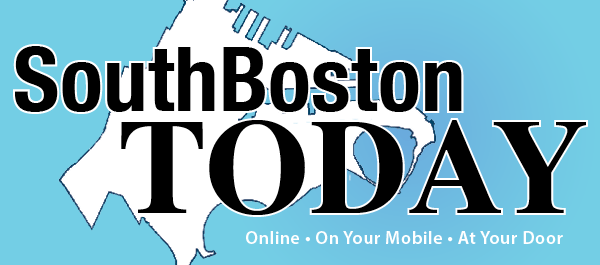With more than six million unfilled positions and companies reporting that they are challenged to find skilled workers, job training and continuing education is more important than ever. Recently the Administration issued an executive order to expand opportunities for apprenticeships to help many “forgotten” Americans secure jobs. Still, there is another often overlooked segment of the workforce who could benefit from this training initiative: people with disabilities.
Indeed, including people with disabilities in this initiative could make progress toward easing the high rate of unemployment faced by these talented workers. Companies, too, would benefit by focusing on inclusion and taking advantage of the skills and expertise that people with disabilities bring to their jobs.
Much progress has been made in improving the quality of life for people with disabilities in our lifetime. Still, challenges persist, particularly in the area of employment.
The unemployment rate remains high among people with disabilities.
In 2017, the Department of Labor found:
- The average unemployment rate for people with disabilities was 9.2%, nearly double that of people without disabilities (4.2%).
- The labor force participation rate was only 18.7% for people with disabilities compared with 65.7% for people without disabilities.
- People with disabilities are more likely to work part-time (32%), compared with 17% for people without disabilities. Many work for less than minimum wage.
At the same time, numerous surveys report that people with disabilities want to work. A 2015 Kessler Foundation Study found that more than 68% of people with disabilities are striving to work. These activities were defined as people preparing for work, searching for work, or looking for more hours at an existing job.
Undiscovered talent
Many companies recognize that people with disabilities can contribute to their competitive advantage. As noted in Training Industry magazine, people who spend their lives facing obstacles and meeting challenges, can bring unique problem-solving skills to the workplace. People with disabilities, eager to work, demonstrate their value to an organization with enthusiasm, low absenteeism, higher productivity, and higher retention rates.
In 2014, research by the Institute for Corporate Productivity, revealed that companies that hired individuals with intellectual and developmental disabilities (IDD) found that the workers exceeded expectations.
- 75% of employers said hiring people with IDD was a positive experience; fully one-third said the experience exceeded expectations
Technology is changing the nature of work. Today, many employees work independently, or at remote locations. Assistive technology has also made it possible for more people with disabilities to secure successful careers. Adoption of universal design helps all workers, including people with disabilities, physically access and function in the workplace. Many companies find they can connect with a significant pool of workers just by introducing a few low-cost accommodations.
America’s competitive edge
Certainly, the strength of a well-trained and educated workforce is key to our nation’s ability to compete globally. To be sure, remaining competitive is inherent to America’s DNA.
And so is innovation. Our technological advancements, combined with thoughtful workforce development policies, can increase access to quality jobs for people with disabilities. Everyone deserves the chance to experience the dignity of work and to contribute to their community. By expanding policies to include training and support for often overlooked populations, like people with disabilities, we can make a huge difference in the quality of life for so many of our citizens and neighbors.
James T. Brett, President & CEO of the New England Council, is a member of the National Council on Disability and is the Chairman of the Governor’s Commission on Intellectual Disability.










